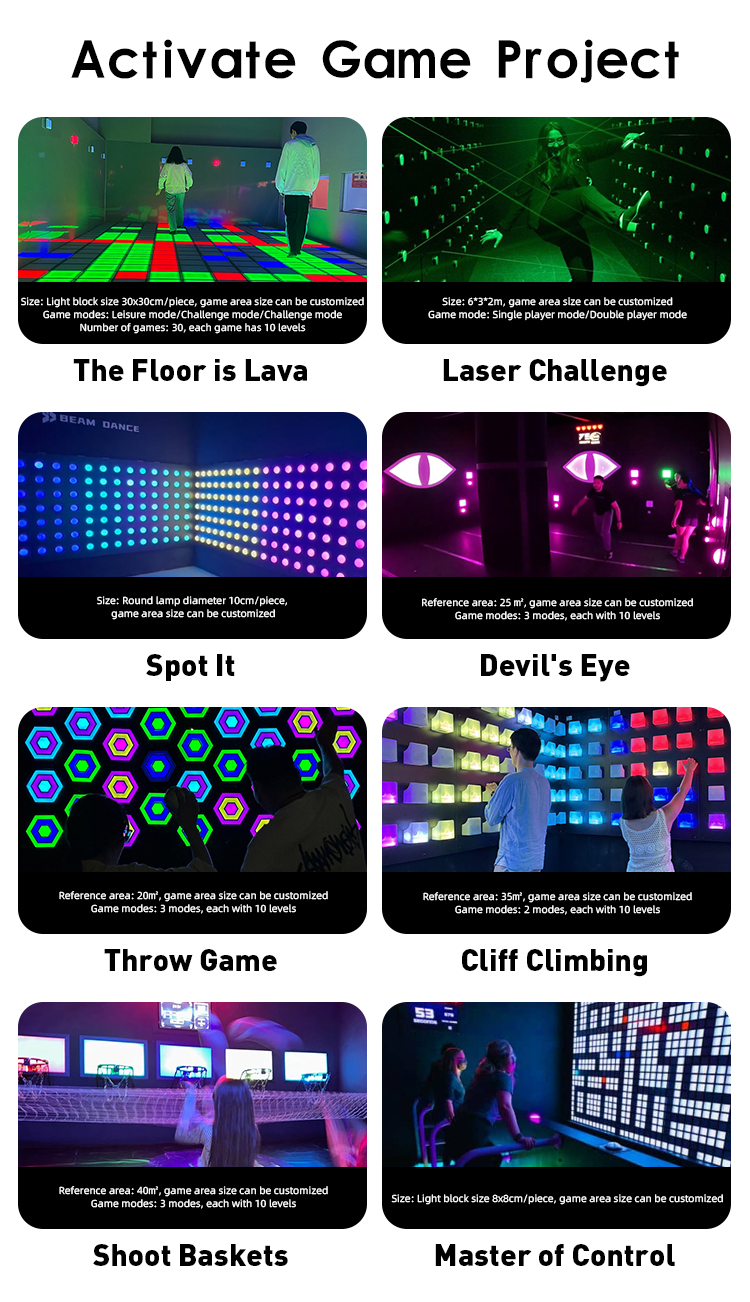The market for active gaming equipment is booming, driving significant foot traffic and revenue for family entertainment centers (FECs) and amusement parks. However, the quality of the experience—and your eventual return on investment (ROI)—rests entirely on your choice of manufacturer. This isn’t a simple purchase; it’s a strategic partnership.
Use this ultimate checklist to thoroughly vet potential suppliers and ensure your investment is future-proof.
1. Proven Expertise and Global Portfolio
A trustworthy manufacturer should be able to demonstrate a robust track record. Look beyond slick brochures and ask for concrete evidence of their experience:
- Installation Footprint: Do they have successful installations in diverse locations globally? This proves compliance with international standards and logistics experience.
- Industry Longevity: How long have they specialized in interactive entertainment? Experience directly correlates with equipment durability and system stability.
- Client References: Speak directly to existing customers to gauge the real-world performance of the active gaming equipment and the responsiveness of the supplier.
2. Technology and Future-Proof Customization
In the fast-paced entertainment industry, innovation is key. Your equipment must be modular and upgradable to prevent quick obsolescence.
- Proprietary Technology: Does the manufacturer develop their own software and content? In-house development ensures faster bug fixes, proprietary game updates, and superior integration.
- Customization Capabilities: Can they tailor the hardware and game content to fit the specific theme, size, and demographic of your venue? The ability to offer unique, themed experiences is a massive competitive advantage.
- Safety and Durability: Since active gaming involves physical exertion, the equipment must meet rigorous safety standards (e.g., CE, RoHS). Demand details on the material quality and expected operational lifespan.
3. The Business Case: Maintenance and ROI
Ultimately, your decision is about profitability. The best equipment is reliable equipment that minimizes downtime and maximizes player throughput.
- Ease of Maintenance: How quickly and easily can a component be replaced or repaired? Complex systems lead to high maintenance costs and prolonged downtime, directly eroding ROI.
- Warranty and Support: What is the coverage for major components and software? A robust post-sale support package, including remote diagnostics and technician training, is non-negotiable.
- Throughput Design: The game design should maximize player rotations per hour. Ask the manufacturer to demonstrate how their active gaming equipment is designed for high capacity and efficiency during peak times.




发表回复